ATTENTION anyone with oil pressure issues
-
Similar Content
-
I have low oil pressure -20 on my 01 2500hd 8.1. I changed oil pressure sensor and oil pump still same what else can it be
By Sgutierrez,
- 3 answers
- 384 views
-
- 3 replies
- 6,581 views
-
- 13 replies
- 4,442 views
-
- 3 replies
- 3,368 views
-
05 Silverado possible false oil pressure reading?
By Brad OSullivan,
- 2005 silverado
- oil pressure
- (and 4 more)
- 4 replies
- 8,102 views
-
-
Recently Browsing 0 members
- No registered users viewing this page.
-
Forum Statistics
246k
Total Topics2.6m
Total Posts -
Member Statistics
-
Who's Online 2 Members, 0 Anonymous, 696 Guests (See full list)

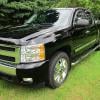



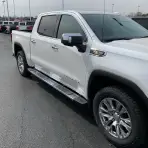

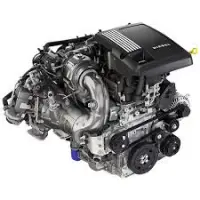



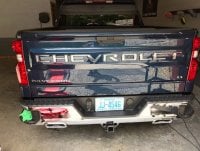

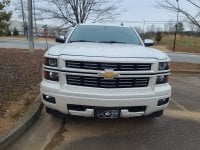
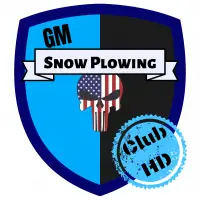

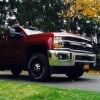
Recommended Posts
Join the conversation
You can post now and register later. If you have an account, sign in now to post with your account.